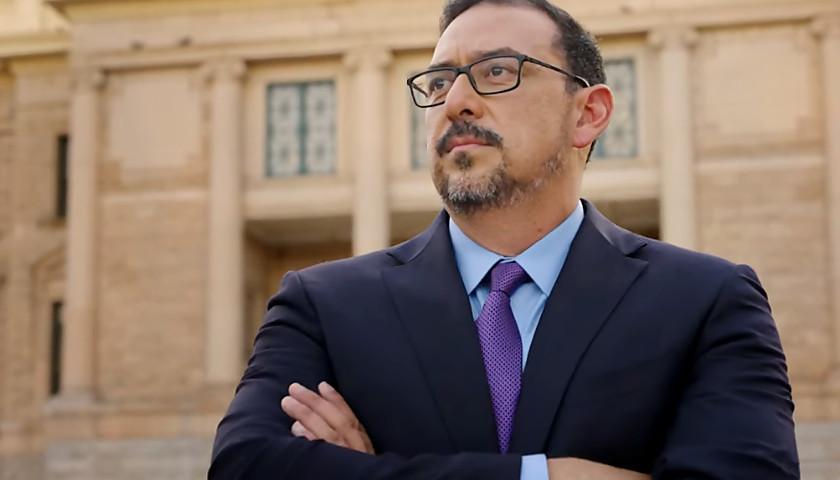by Joe Simonson
While the debate rages on over how much Russia really influenced the results of the 2016 presidential elections, one detail put the entire controversy in perspective: Democratic operatives spent an identical amount of money on their project to create a Russian bot “false flag” campaign during the Alabama 2017 special election.
Multiple reports detailed the Russian government-backed Internet Research Agency spent up to $100,000 on Facebook advertisements throughout their entire disinformation operation. As The Daily Caller News Foundation reported Wednesday, billionaire-backed Democrats “created more than a thousand Russian-language accounts that followed [Roy] Moore’s Twitter account overnight.”
 The group of Democrats behind the “elaborate ‘false flag’ operation,” as described in an internal report obtained by The New York Times, also created fake conservative Facebook accounts for the purpose of convincing voters not to support Republican candidate Roy Moore.
The group of Democrats behind the “elaborate ‘false flag’ operation,” as described in an internal report obtained by The New York Times, also created fake conservative Facebook accounts for the purpose of convincing voters not to support Republican candidate Roy Moore.
The cost of the effort totaled $100,000 — the identical amount Facebook says the Russian IRA spent during the last presidential election.
Much of Russia’s activity during the 2016 campaign, however, cost little-to-nothing. According to analyses of the IRA’s activity, many of the Facebook posts created by the organization were seen by millions of Americans without a single dollar spent.
The $100,000 spent by the Russian IRA was just a small fraction of the nearly $40 billion in ad revenue Facebook received in 2017.
Still, that $100,000 spent during the Alabama special election caught the attention of numerous reporters and was the source of several stories about the strange behavior on social media. As Mother Jones published in 2017, “Russian Propagandists Are Pushing for Roy Moore to Win.”
Reporters from newspapers like The Washington Post mocked Moore’s assertion that Democrats were behind the fake accounts following him on sites like Twitter.
– – –
Joe Simonson is a reporter for the Daily Caller News Foundation. Follow Joe on Twitter.
Photo “Tom Perez” by Gage Skidmore. CC BY-SA 2.0.





